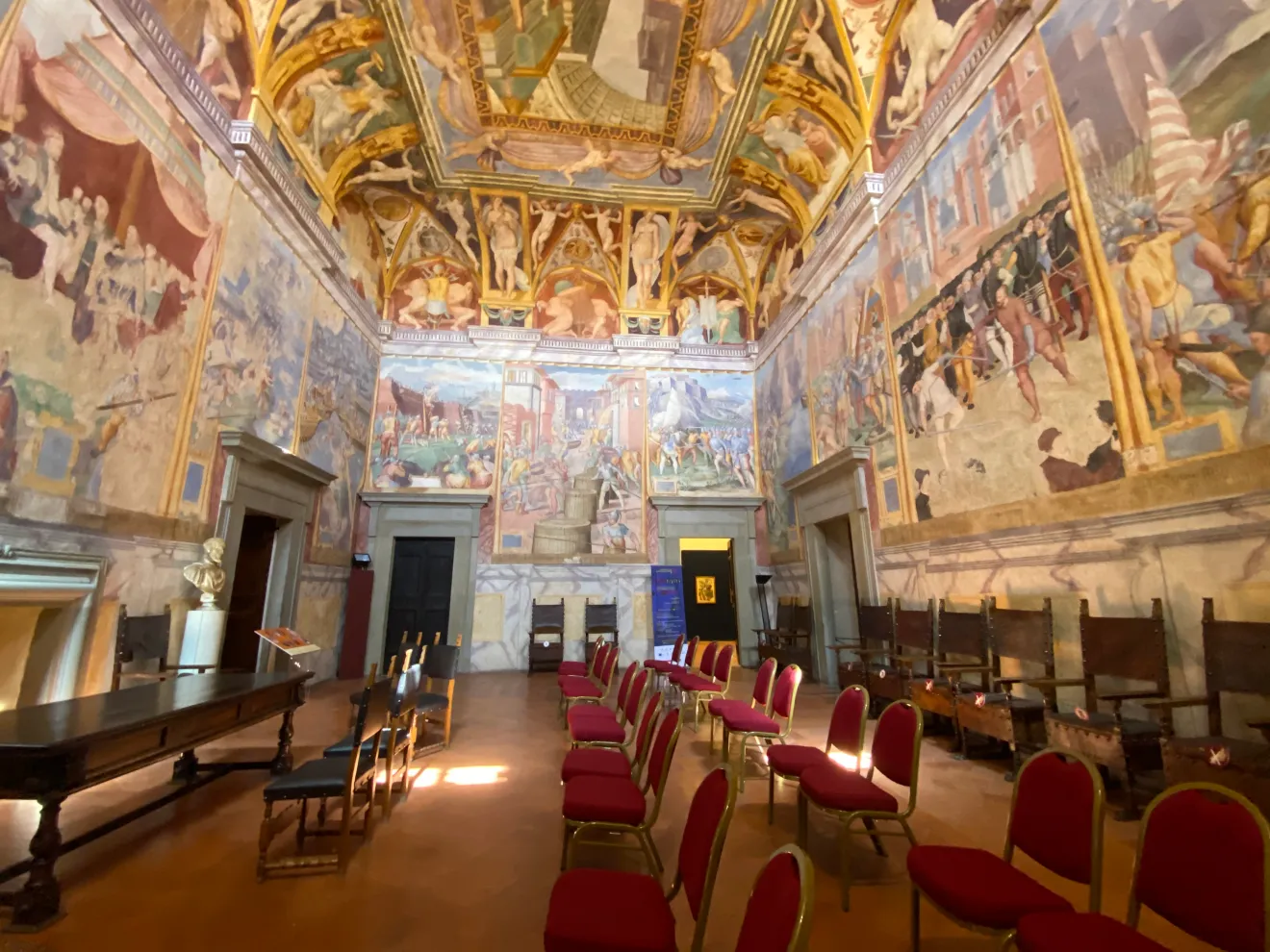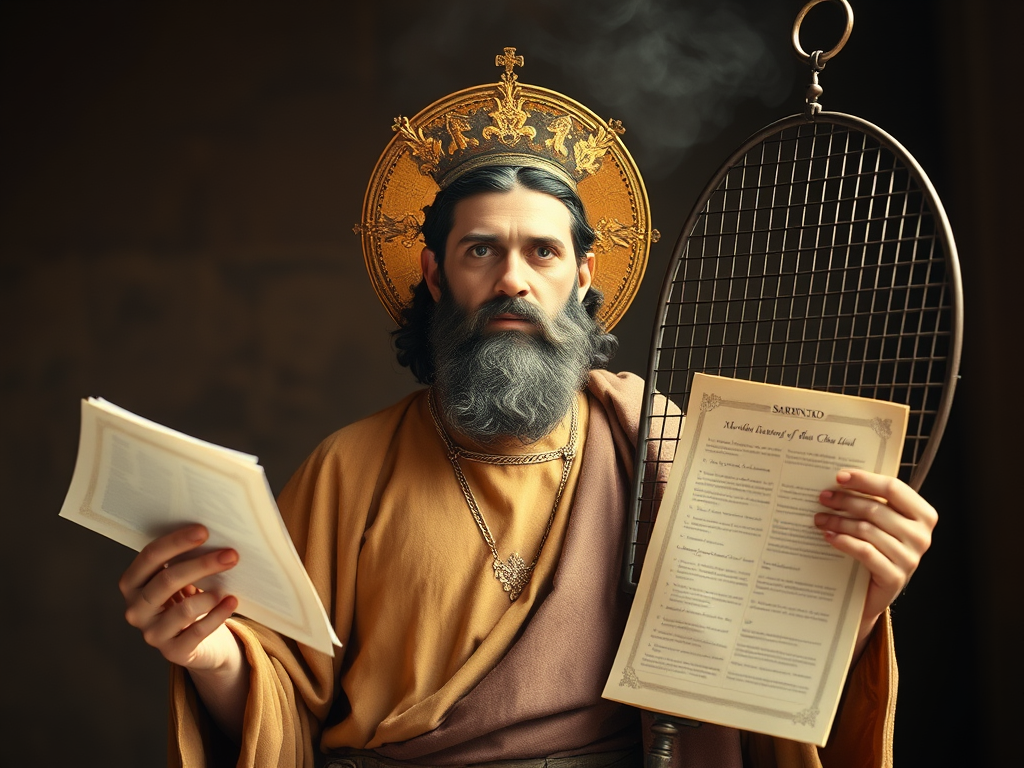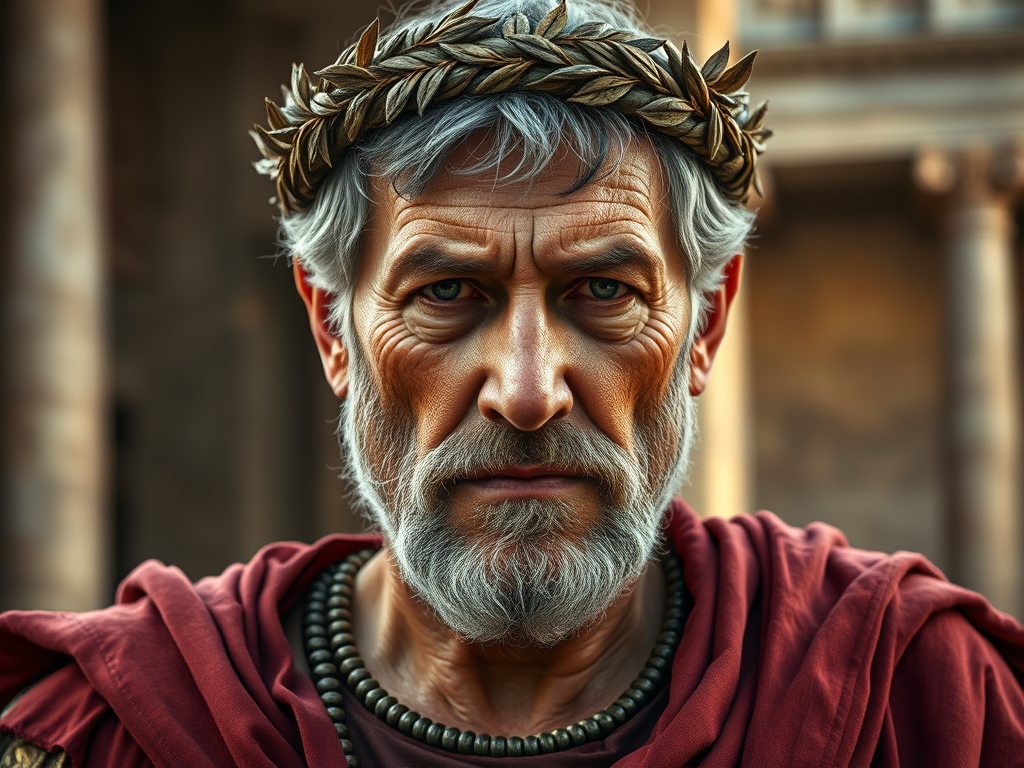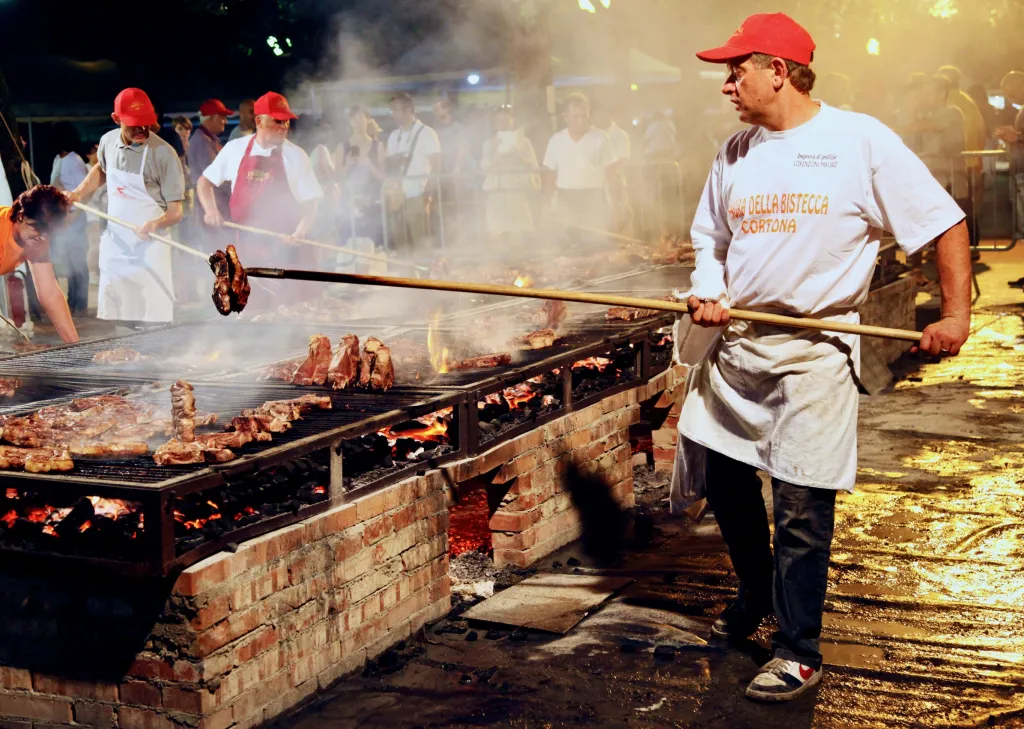
The Story of San Lorenzo: Patron Saint of Cooks, Librarians and the Poor
San Lorenzo (also known as Saint Lawrence) is a martyr of the early Christian Church. The story of his life and grusom death is one of mind-boggling faith, love, and dedication to his Christian faith.
For a bit of context this is the love I’m taking about:
1 Corinthians 13
“If I speak in the tongues of men and of angels, but have not love, I am only a resounding gong or a clanging cymbal. If I have the gift of prophecy and can fathom all mysteries and all knowledge, and if I have a faith that can move mountains, but have not love, I am nothing. If I give all I possess to the poor and surrender my body to the flames, but have not love, I gain nothing.”
Who was Saint Lorenzo?

Lorenzo was born around AD 225 in Huesca, now part of modern-day Spain.
There is limited historical information about Saint Lorenzo’s life before he met Pope Sixtus II. It is believed he came from a Christian family, though specific details about his early years remain sparse. His conversion to Christianity likely took place during his youth, influenced perhaps by his family and the growing Christian communities in Spain
As a young man Lorenzo met future Pope Sixtus II, (whose pre-Pope name has been lost to the annals of time) in the city of Caesaraugusta (Zaragoza, Spain) where he had gone to study. At the time, Sixtus was a highly respected Christian scholar and teacher. Lorenzo soon became one of Sixtus’s favourite students due to his piety and dedication. Later, when Sixtus was appointed Pope in Rome, Lorenzo followed him. This mentorship played a crucial role and led to him becoming one of the seven deacons of Rome ordained by Pope Sixtus II.
Lorenzo’s Job
As a deacon, Lorenzo’s role was critical in the early Christian community. He managed the Church’s money and, most importantly, was in charge of distributing alms to the poor. His dedication to helping the needy makes him a beloved figure to this day.
Unfortunately, the growing Christian movement was viewed with suspicion and hostility by the Romans. During the reign of Emperor Valerian, Christians were increasingly persecuted.
Why was Saint Lorenzo Martyred?

Emperor Valerian issued an edict in AD 258 mandating the execution of Christian clergy. This was part of a broader campaign to restore traditional Roman religious practices and reinforce the authority of the Roman Empire. The reasons behind this persecution were multifaceted:
Political Instability: The Roman Empire was facing significant internal and external pressures at the time, including invasions, economic decline, and political instability. Valerian, like other emperors before him, believed that the gods had abandoned Rome due to a decline in traditional religious observance. By targeting Christians, who refused to participate in Roman religious rituals, he sought to restore favour with the Roman gods and stabilise the empire.
Christian Nonconformity: Christians refused to participate in the traditional Roman religious practices, including making sacrifices to Roman gods and the emperor, which was seen as an act of defiance against the state. Their monotheistic beliefs, rejecting the worship of Roman deities, set them apart and made them a target. The growing Christian community was also viewed with suspicion as they often operated outside of mainstream Roman society, which heightened fears of disloyalty.
Consolidation of Power: By targeting the Christian clergy specifically, Valerian aimed to weaken the leadership of the Christian community, thereby destabilising its growing influence. The clergy, as spiritual and community leaders, were central to maintaining Christian identity and practices. By persecuting them, Valerian hoped to prevent the spread of Christianity and maintain the dominance of Roman religion and culture.
San Lorenzo’s Matyrdom
Valerian’s edict was a harsh attempt to suppress what was perceived as a growing internal threat, but it ultimately strengthened Christian resolve and contributed to the religion’s eventual growth.
Pope Sixtus II, was captured and executed just days before Lorenzo. As the deacon responsible for managing the Church’s finances, Lorenzo became a big target for Roman officials, believing they could seize valuable treasures from the Church.
When Roman authorities demanded that Lorenzo hand over the Church’s money, he responded in a manner that showcased both his wit and his deep commitment to Christian ideals. Rather than turning over the goods, Lorenzo presented the poor, the sick, and the marginalised to the Roman prefect: “These are the treasures of the Church.” This act of defiance and his clear rejection of Roman authority sealed his fate.
How Was Saint Lorenzo Martyred?
Naturally, Lorenzo’s refusal to betray the Church’s mission enraged the Roman authorities. This led to his execution in one of the most horrific ways imaginable. According to tradition, Lorenzo was condemned to death by being roasted alive on a gridiron. The brutal method of his execution was meant to serve as a warning to other Christians. Instead, it solidified Lorenzo’s status as a symbol of Christian endurance.
Legend has it that even during his torture, Lorenzo maintained his faith and even his sense of humour. It is said, while lying on the gridiron, Lorenzo turned to his executioners and remarked, “Turn me over; I’m done on this side.” While this account may be apocryphal, it reflects the legacy of courage and spiritual fortitude that Lorenzo embodied.

How Is Saint Lorenzo Honoured Today?
Saint Lorenzo’s martyrdom left a lasting impact on the Christian world. His memory is honored annually on August 10, his feast day. He is venerated as the patron saint of many groups, including cooks (due to the manner of his death), the poor (due to his dedication to helping those in need), and librarians (because of his role in managing Church archives).
His story is commemorated in churches worldwide. The Basilica of San Lorenzo Fuori le Mura in Rome is one of seven pilgrimage churches is believed to house his relics.
The gridiron, his method of execution, is frequently depicted in artwork of Saint Lorenzo, often held in his hand as a symbol of his martyrdom.
In Italy, particularly in places like Castiglione del Lago, the Festa di San Lorenzo is held on or around August 10th. This festival features religious processions, fireworks, and cultural activities, celebrating both the life and legacy of the saint. Follow more info about the festivals in Umbria and Tuscany
Interesting Facts about Saint Lorenzo
- Saint Lorenzo and the Perseid Meteor Shower: Around the time of his feast day, the annual Perseid meteor shower is visible in the night sky. In some European traditions, these meteors are referred to as the “Tears of Saint Lawrence,” believed to represent the tears he shed during his martyrdom.
- Patronage of Rome: Saint Lorenzo is one of the city’s most important saints, second only to Saints Peter and Paul. His legacy as a Roman martyr is deeply intertwined with the city’s Christian identity.
- Miracles and Legacy: According to legend, Lorenzo’s intercession saved the city of Rome from a devastating fire in the early 4th century, reinforcing his status as a powerful protector of the Church.
- The Feast of San Lorenzo on August 10 is often means enjoying a juicy Bistecca Fiorentina (and other grilled meats). The BBQ is a symbolic nod to Lorenzo’s martyrdom on the gridiron. While not everyone observes this ritualistic (macabre) way of honouring the saint’s death, the tradition persists as a culinary tribute to his legacy
Saint Lorenzo’s life and martyrdom are enduring symbols of faith, charity, and resilience. His defiance in the face of persecution and his dedication to the poor and marginalised resonate with people of all faiths. Every August, his story is remembered across the world, particularly in Rome and parts of Italy, where his legacy as a protector of the Church continues to inspire.


